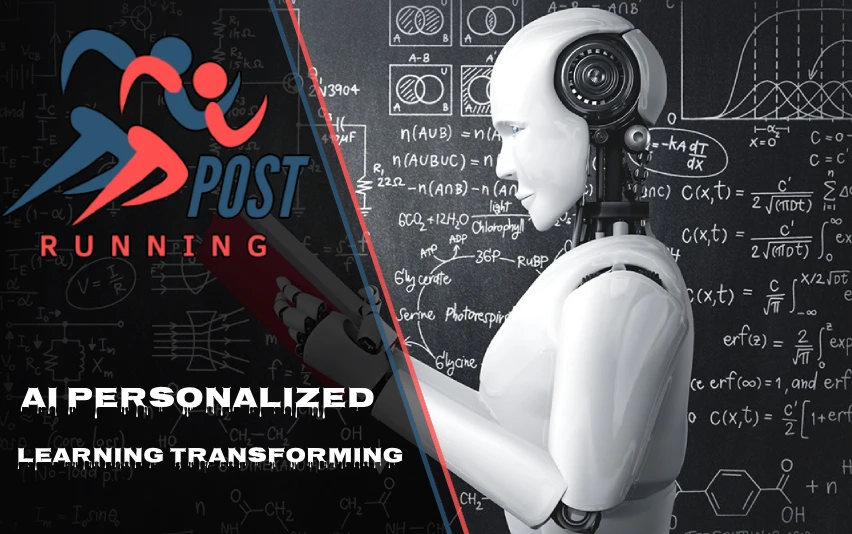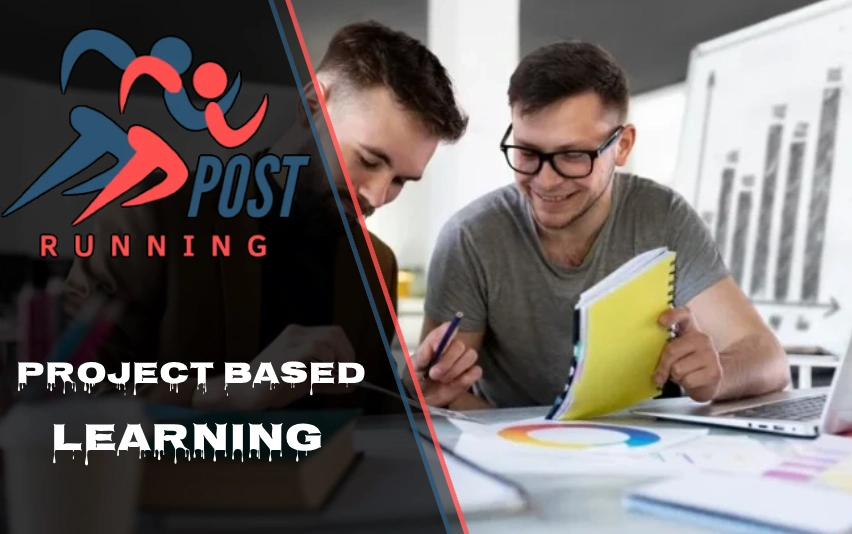AI personalized learning is transforming education in ways we never thought possible. It’s like having a personal tutor for every student, available 24/7, and capable of adapting to each learner’s unique needs. This innovative approach is reshaping how we think about education, making it more engaging, effective, and accessible than ever before.
What is AI Personalized Learning?
Imagine a classroom where every student has their own customized learning path. That’s what AI personalized learning aims to achieve. It’s a smart system that uses artificial intelligence to analyze how each student learns best. By looking at things like performance, strengths, weaknesses, and learning preferences, AI can create a tailored educational experience for each individual.
This isn’t just about making learning easier; it’s about making it more effective. AI personalized learning can adjust in real-time, providing the right content, at the right pace, in the right way for each student. It’s like having a GPS for education, constantly recalculating the best route to knowledge based on each learner’s progress.
Key Components of AI Personalized Learning
Adaptive Learning Technology
One of the coolest things about AI personalized learning is its ability to adapt on the fly. It’s like having a book that rewrites itself based on how well you’re understanding each chapter. If a student is struggling with a concept, the system can provide additional explanations or practice problems. If they’re breezing through, it can offer more challenging material to keep them engaged.
This adaptive technology ensures that students are always working at the right level of difficulty. It’s not too hard (which can be frustrating) and not too easy (which can be boring). Instead, it keeps learners in that sweet spot where they’re challenged but not overwhelmed.
Intelligent Tutoring Systems
Remember those late-night study sessions where you wished you had a tutor to explain things? AI personalized learning makes that a reality with intelligent tutoring systems. These AI-driven tutors can provide individualized guidance and support, offering targeted explanations, feedback, and practice exercises.
It’s like having a patient, knowledgeable tutor available whenever you need help. These systems can break down complex topics, offer step-by-step guidance, and even anticipate where a student might struggle based on their past performance.
Data-Driven Insights
AI personalized learning isn’t just about reacting to student needs; it’s also about predicting them. By analyzing vast amounts of student data, these systems can identify patterns and trends that might not be obvious to human teachers.
This data-driven approach allows for early identification of struggling students, enabling timely interventions. It’s like having an early warning system for academic challenges, allowing educators to provide support before small issues become big problems.
Benefits of AI Personalized Learning
Improved Learning Outcomes
The most exciting benefit of AI personalized learning is its potential to significantly improve learning outcomes. By tailoring the educational experience to each student’s needs, it enhances understanding, retention, and application of knowledge.
Some studies suggest that this approach could close academic achievement gaps by up to 20%. That’s a game-changer in education, potentially leveling the playing field and giving every student a better shot at success.
Increased Engagement and Motivation
Let’s face it: traditional one-size-fits-all education can be boring for some students. AI personalized learning tackles this head-on by aligning content with student interests and goals. It’s like having a curriculum that’s designed just for you, making learning more relevant and interesting.
Many AI learning systems also incorporate gamification elements, turning learning into an interactive and enjoyable experience. It’s education that feels more like play, keeping students motivated and engaged.
Efficient Use of Time
Time is a precious resource in education, and AI personalized learning makes the most of it. By focusing on areas where students need the most support, it optimizes the learning process. No more wasted time reviewing material that’s already mastered or struggling with concepts that are too advanced.
This efficiency allows students to progress at their own pace. Fast learners can move ahead without being held back, while those who need more time can take it without feeling rushed.
Accessibility and Inclusivity
One of the most powerful aspects of AI personalized learning is its potential to make quality education more accessible and inclusive. It can provide personalized learning experiences to a broader audience, including students in remote areas or those with special educational needs.
This technology supports diverse learning styles and needs, making education more adaptable to individual differences. It’s like having a school that can shape itself to fit each student, rather than expecting students to fit a rigid system.
Challenges and Considerations
Data Privacy and Security
With great power comes great responsibility, and AI personalized learning is no exception. The collection and analysis of student data raise important questions about privacy and security. How is this data being used? Who has access to it? How is it protected?
There’s a clear need for secure data protection measures and transparent usage policies. It’s crucial that students and parents understand how their data is being used and have confidence in its security.
Equity and Access
While AI personalized learning has the potential to level the educational playing field, it also risks widening the gap if not implemented carefully. Not all students have equal access to technology, which could create new educational inequalities.
Ensuring equal access to AI-powered learning tools is crucial. It’s not enough to have great technology; we need to make sure everyone can benefit from it.
Balance with Human Interaction
As amazing as AI personalized learning is, it’s not meant to replace human teachers. There’s a need to maintain a balance between AI-driven learning and face-to-face interactions. Human teachers play a crucial role in creating supportive learning environments, providing emotional support, and fostering social skills.
The goal should be to use AI to enhance and support human teaching, not replace it. It’s about finding the right mix of high-tech and high-touch education.
Conclusion
AI personalized learning is transforming education in profound ways. It offers the promise of tailored, adaptive, and engaging learning experiences that can improve outcomes, increase engagement, and enhance accessibility.
While challenges exist, particularly around data privacy, equity, and maintaining human interaction, the potential benefits are too significant to ignore. As we continue to refine and implement these technologies, we have the opportunity to create an educational system that truly meets the needs of every learner.
The future of education is personalized, adaptive, and intelligent. With AI personalized learning, we’re not just changing how we teach; we’re revolutionizing how we learn. It’s an exciting time for education, and the possibilities are limitless.
Discover more fascinating insights—explore Running Posts today.












